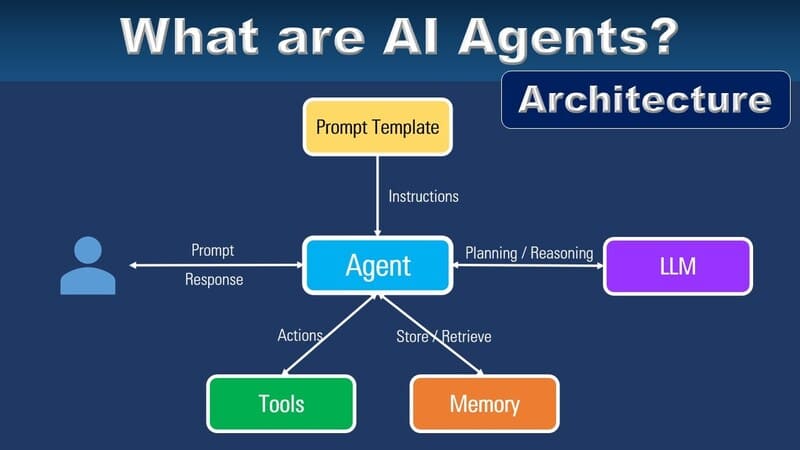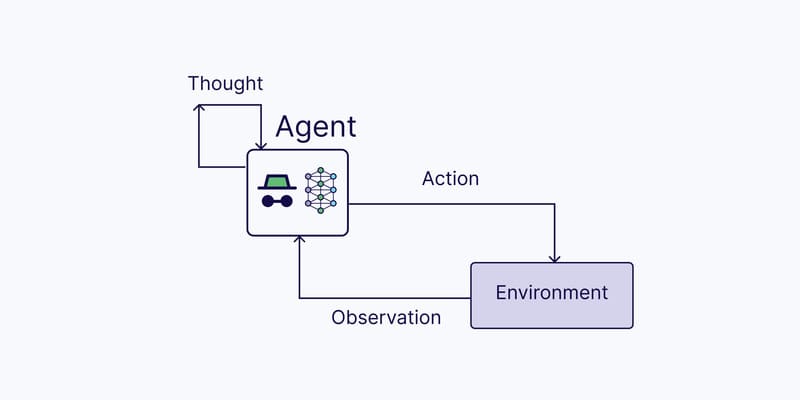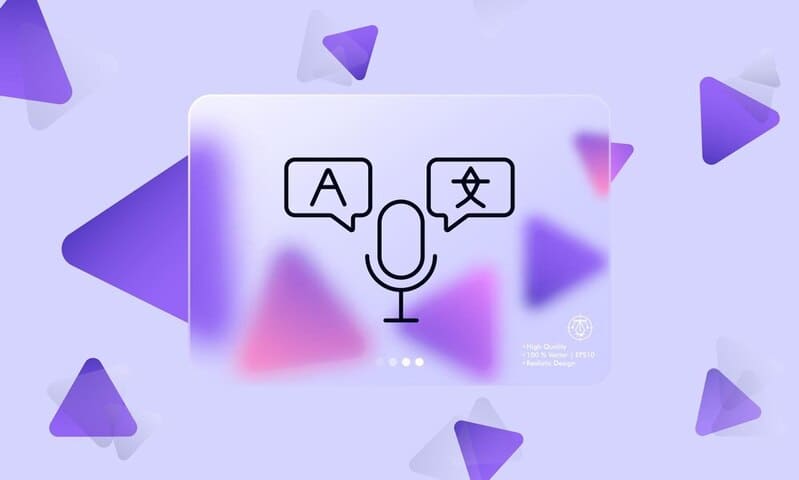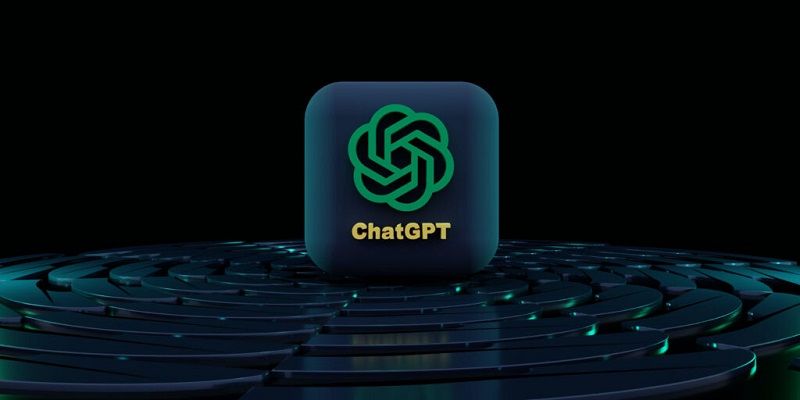The year 2020 witnessed chatbot’s win over businesses. According to an Oracle survey, 80% of businesses want to integrate chatbot into their business processes. Many businesses are looking for smart solutions to build and manage Chatbot in their models. Here’s a look at what to expect and how to take advantage of them.
1. Pick use cases with an instant ROI
Return on Investment (ROI) is a performance measure used to evaluate the efficiency of an investment or compare the efficiency of a number of different investments.
Return on Investment (ROI) is a performance measure used to evaluate the efficiency of an investment or compare the efficiency of a number of different investments.
- Customer service
Companies are saving as much as 30% on customer service by deploying bots. Business Insider estimates that chatbots will produce $23 billion in savings from annual salaries. Additionally companies can automate 36% of sales representative positions, resulting in total annual estimated savings of at least $15 billion from salaries.
- Sales and marketing
Chatbots quickly became a very powerful content marketing and sales tool. Brands like FPT Shop, Sendo and SHB Finance have received massive value from their bots.
– FPT Shop: Increased sales to VND1 billion with its Facebook Messenger chatbot Pika within 6 months in 2019.
– Sendo: In the peak sales period, Sendo received more than 630,000 messages to Chatbot. Sendo chatbot responded to more than 12,000 messages on two channels, Facebook Messenger and the livechat of its website Sendo.vn each day, corresponding to approximately 2,500 to 3000 users.
- HR and Recruiting
According to a survey conducted by the Society for Human Resource Management, 38% of HR respondents said the primary challenge they face is maintaining high levels of employee engagement. Part of the problem is that most employee self-service HR systems are antiquated and hard to use, which results in employees bringing even their simple requests directly to the HR department.
Bots can solve this problem by becoming a middle layer that can integrate with existing systems, while offering a much easier user experience for employees. Therefore, bots are improving engagement while decreasing the amount of time HR reps spend on requests by 30–50%.
Let’s look at a few examples of winners in the space:
– Mya: Automates recruiting steps, such as sourcing, screening and scheduling, saving up to 75% of a team’s time.
– SGT STAR: US Army chatbot that helps to answer questions and enlist future soldiers.
2. Define a clear chatbot’s purpose
When starting to build chatbots, you need a simple and specific goal. Think of something that your chatbot needs to do very well and build a chatbot that can handle that task perfectly. As people use your bot, you will learn more about their common requests and make a multitasking chatbot.
3. Design smart chatbot scripts
Every time users chat with chatbot, they give you an enormous amount of information about who they are and what they want. The key to getting the right data is knowing which questions to ask. So consider, what information you need to know most about your customer and how can you design your bot in such a way that the user wants to share that information.
4. Chatbot build better relationships with customers
The most successful bots build relationships based on trust. Consider these four pillars:
- Understand customers: Every time customers use Chatbot, they want to look for information and solve their problems. Each answer and question of the customer contains valuable information about themselves, their needs, interests and desires.
- Personalize: After you know who the user is and what they want most, you can provide personalize information to them. Bots allow your brand to deliver personalization at scale.
- Deliver value: Your bot should improve the customer experience and perform automated tasks quickly.
- Build a relationship: Like all relationships, conversations are vital. Focus on how conversations can help you learn even more about your customers, build trust, and develop a relationship with your brand.
5. Chatbots take part in customer journey
Chatbot can automate each step of the customer journey, ranging from promoting products and reaching customers, to giving advice and providing after-sales process.
Chatbot can also bring a smile to each customer’s face. So businesses have to consider to apply chatbot to buying process and implement plans to boost efficiency.
6. Train chatbot continuously
Like human, chatbots need to be trained continuously to become smarter, meeting strict requirements of users. Businesses have to review the history of Chatbot conversations with users regularly, to update additional sample sentences, intents and tasks that the bot has not yet handled, then “retrain” the bot to make it smarter and more efficient.
7. Trust and security are key
It might be difficult for many businesses, especially those which lack in-house technical staff, to build a chatbot. Therefore, it is necessary to choose a Chatbot platform which is simple and easy to integrate into their business models.
FPT.AI Conversation is the most powerful platform to build chatbots in Vietnam. With natural language processing (NLP) in Vietnamese, FPT.AI Chatbot has the ability to understand the intent and context of conversation, helping automate many conversations between businesses and customers and improve customer satisfaction. FPT.AI Conversation offers a simple and user-friendly interface, making it easy for every business to use and manage chatbots.
——————————————————————-
?Building your Chatbot for FREE at: https://bot.fpt.ai/
☎ Hotline: 0911886353
? Email: support@fpt.ai

















